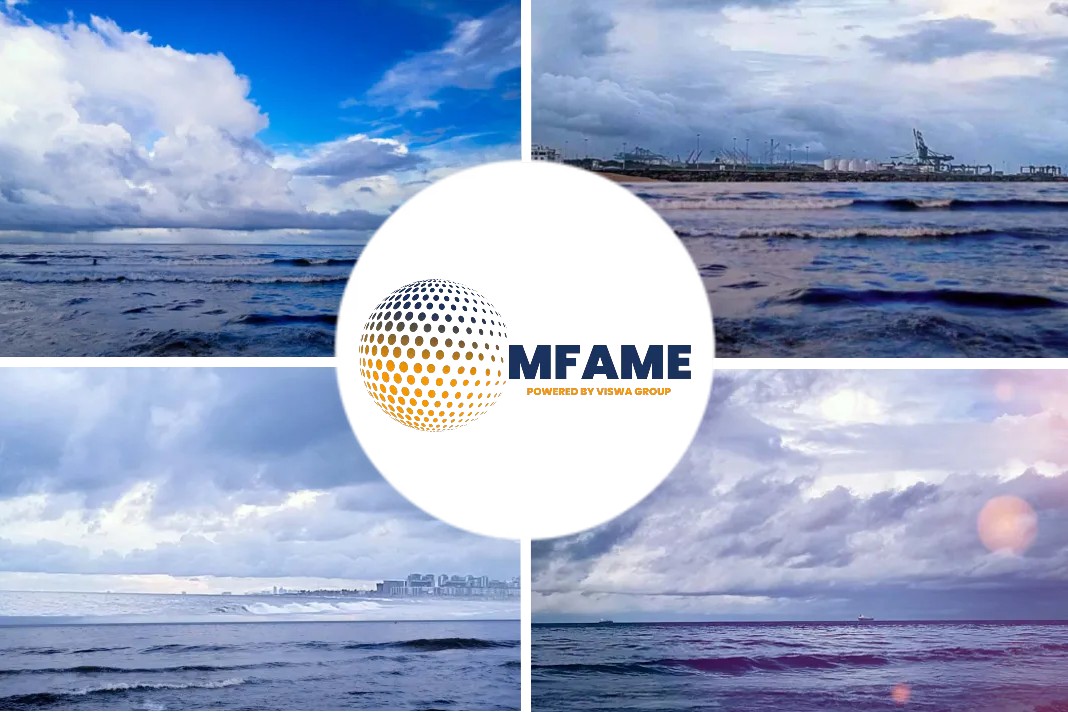Demand for new LNG carriers is expected to pick up over 2017-21 period as supplies begin from new projects in coming up in Australia, Russia, East Africa, the US and Canada and the ranks of gas-importing countries swell .
The optimistic projection comes as major LNG ship-builders like Samsung, Daewoo, Hudong-Zhongua, Hyundai Heavy Industries and STX struggle with weak demand.
Spot LNG prices have fallen precipitously since the middle of 2014, impacting LNG carrier market and leading to a drying up of fresh orders for tanker ships.
For example, in 2016, orders were placed for supply of six LNG, a 92 per cent drop from 2014.
The recent focus on the LNG market oversupply and the continuous growth in LNG export capacity does not give the complete picture on LNG demand. While increasing demand has been driven by traditional demand hubs, such as China and India, several new LNG importers including Poland, Jordan, Malta, and Pakistan have also emerged in the last two years.
This is part of a trend of more countries seeking to utilise LNG to diversify their gas supply and improve power generation, said Westwood Global Energy Group.
Westwood expects this trend to continue, as 16 additional countries, including Bangladesh, India, Russia, and Sri Lanka, commission their first floating import units (FSRUs) over the 2017-2021 period. These units are expected to unlock new import markets by providing a quick and cost-effective solution to the increasing local gas demand.
Over the forecast period, much of the LNG that will drive supply increase, will come from mega projects like Chevron’s Wheatstone in Australia, as well as North American projects such as Next Decade’s Rio Grande and Cheniere’s Corpus Christi.
The increase in demand will be driven by small and medium sized projects dotted across the world. As a result, LNG carriers will have to travel longer distances from supply bases such as the US to Asia/Europe or East Africa to Asia and this could potentially lead to an increase in carrier demand, say analysts.
This latter situation provides a silver lining to a recent gloomy market, as over 219 new-build LNG carriers are expected to be delivered over the 2017-2021 period, including 17 new units that have been ordered so far in 2017.
The expected deliveries also include 92 new-build LNG carriers, which are yet to be ordered. Over 80% of LNG carriers ordered in recent years have trended towards the large conventional carriers (150,000-179,999m3), which indicates the significant design improvements the industry has made for greater cost and operational efficiencies, said energy experts.
Did you subscribe for our daily newsletter?
It’s Free! Click here to Subscribe!
Source: EnergyInfraPost






















